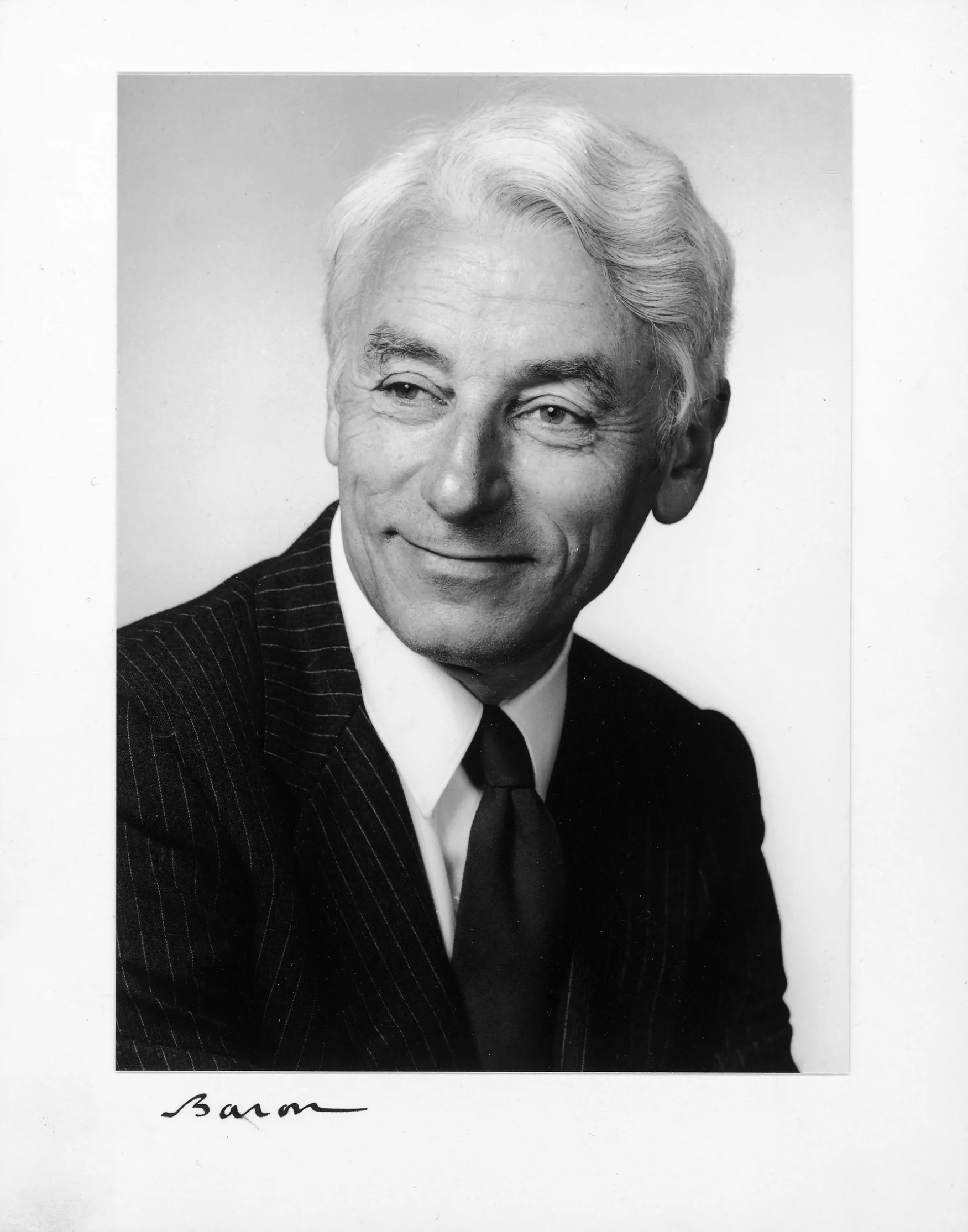Professor Sir Eric Ash CBE FRS FREng FIET, IET Past President, January 1928 – August 2021
Published: Mon 6 Dec 2021
Published: Mon 6 Dec 2021
Eric Ash died on 22 August 2021. The time, attention, and support he gave to his many undergraduate and post-graduate students were the mark of a truly inspirational engineer, and arguably at least as important to him and those who knew him as his numerous and notable academic and industrial achievements, appointments and honours.
His wisdom and humour were exemplified by his “Theory of the non-conservation of glory” (broadly that sharing the glory with other authors was a good thing).
Eric was born in Berlin in 1928. His German-Jewish parents moved their family to London in 1938. After boarding school, Eric attended UCS (University College School) before winning a scholarship to Imperial College where he took a first in Electrical Engineering and then completed a PhD on Electron Interaction Effects in 1952 under Dennis Gabor, the Nobel Prize-winning inventor of holograms.
A two-year Fulbright Scholarship to Stanford University, where he worked on microwave tubes (principally the development of the back-wave oscillator) and met his future wife Clare Babb, was followed by a return to London in 1954.

After a year at Queen Mary College London working on linear accelerators, Ash joined STL (Standard Telecommunications Laboratories), initially continuing his research on microwave tubes, then acousto-electrics, becoming head of the high-speed devices group.
In 1963 Eric joined the Department of Electrical and Electronic Engineering at University College London (UCL). He became a professor in 1967 and Head of Department in 1980.
Eric’s research interests were frequently at the intersection of technologies (acousto-optics, photo-acoustics, optoelectronics).
He was amongst the first to suggest the use of surface acoustic waves for signal processing, a technology still widely used, and led a group working on acoustic imaging, with close links to Calvin Quate at Stanford who invented the modern acoustic microscope.
In 1985, Eric became Rector of Imperial College. Imperial had slipped academically, but by the time Eric left after 8 years, Imperial ranked equal with Cambridge in science, and top in engineering.
Equally importantly, both finances and administration were transformed under his leadership.
Following his retirement from Imperial in 1993, Eric returned to UCL as an emeritus professor, working on educational technology.
Eric joined the then IEE as a student and remained actively involved throughout most of his career. Along with its founder Peter Clarricoats, Eric was an editor of Electronics Letters.
In common with all those who progress to the Presidency, he chaired all the major boards and committees, the most important in his view being the Publications Committee, with the then IEE Proceedings being completely revamped under his leadership.
The IERE (Institution of Electronic and Radio Engineers) merged with the IEE during his presidency.
In addition to his academic career, Eric was an active consultant and adviser, including as a consultant to General Electric, a member of the international advisory boards of The Amp Corporation (US) and the Bosch Company (Germany), and as a non-executive director of BT (British Telecom) for six years.
His public service included membership of the Science and Engineering Research Council and Advisory Board for Research Councils, chairing the BBC’s Science Advisory Committee, acting as a trustee of both the Royal Institution and the Science Museum, Treasurer and Vice-President of the Royal Society, serving as a member of the Advisory Council of the Campaign for Science and Engineering and as CEO of the Student Loans Company (1994-96). He was knighted in 1990.
Amongst Eric’s many awards were the 1984 Marconi Prize and the IEE Faraday Medal (1980).
Outside work, Eric was a loving and loved parent, with five daughters. His hobbies included skiing, tennis and music.